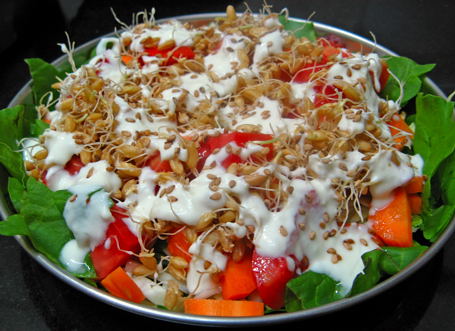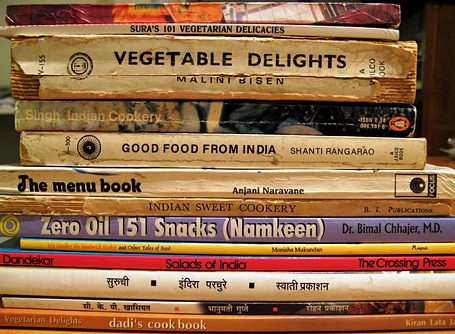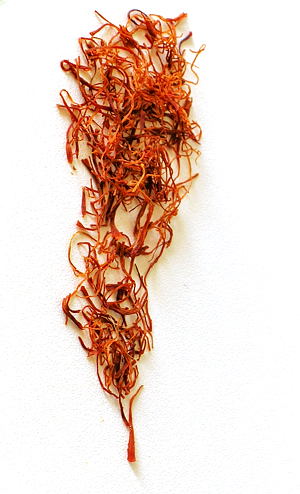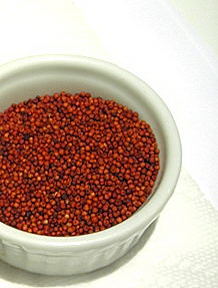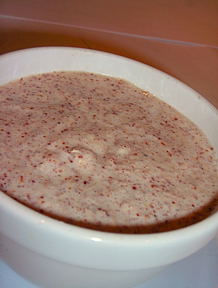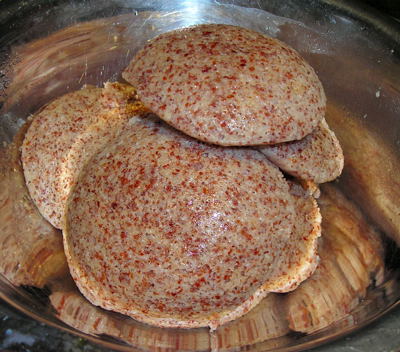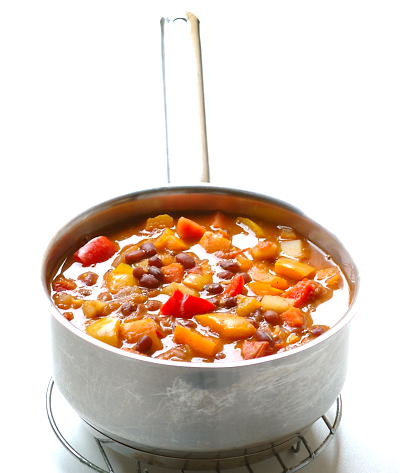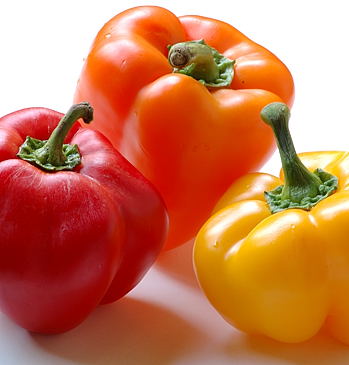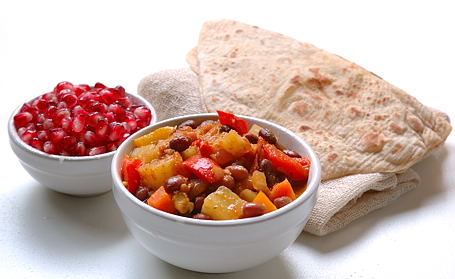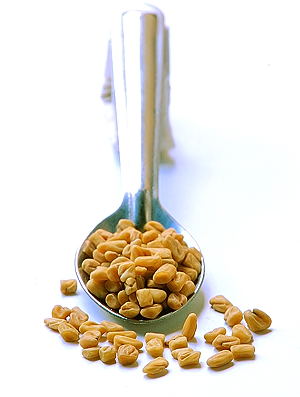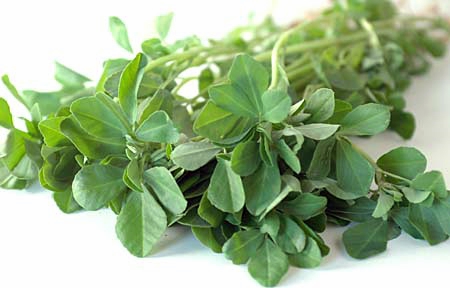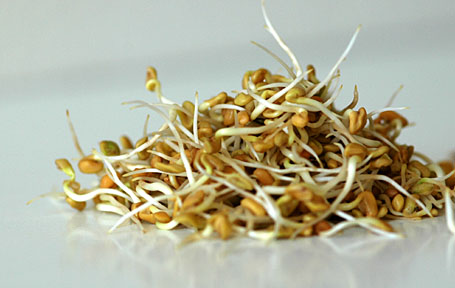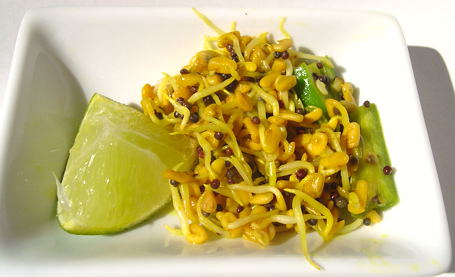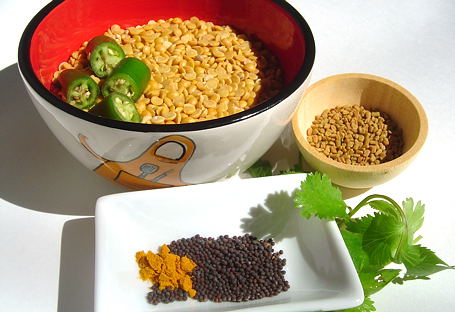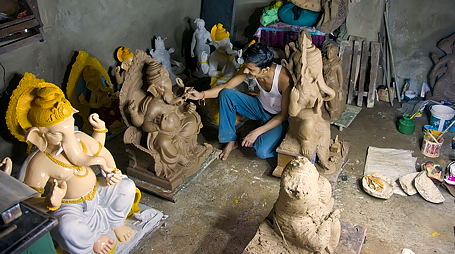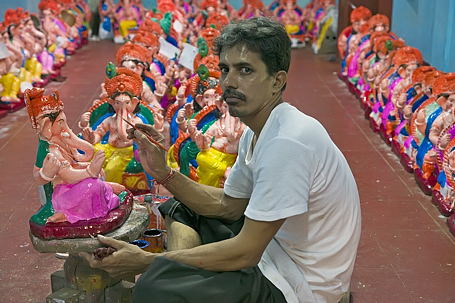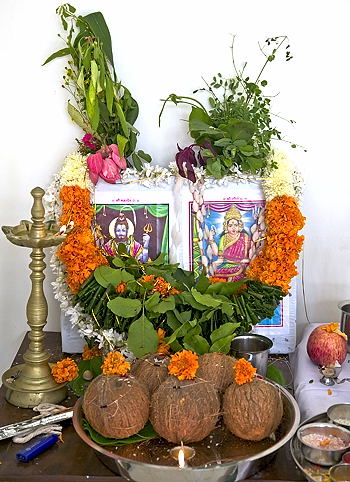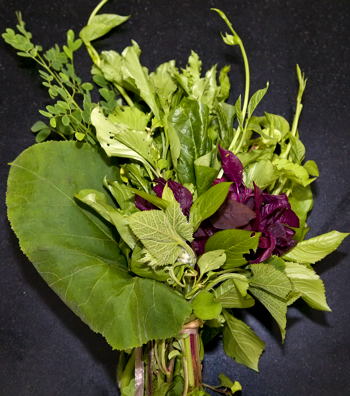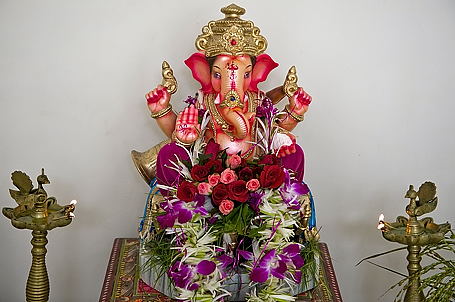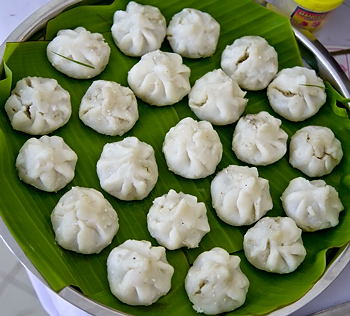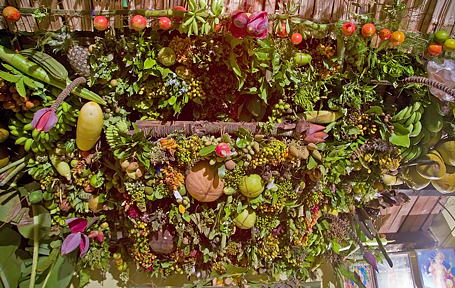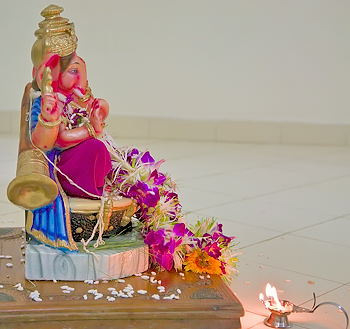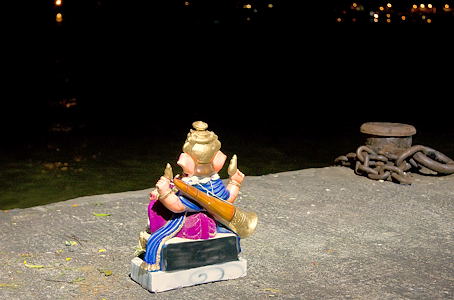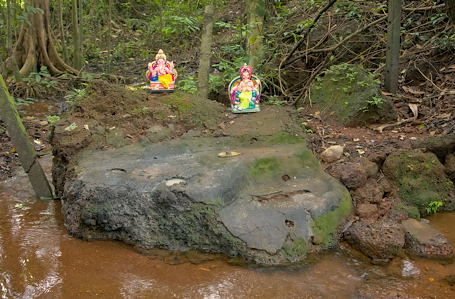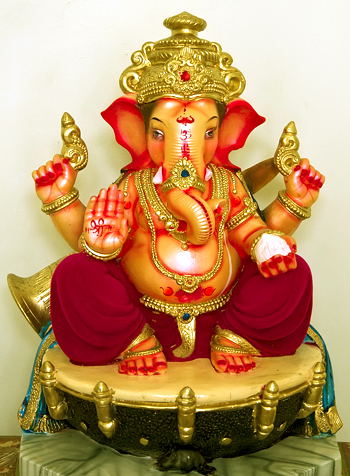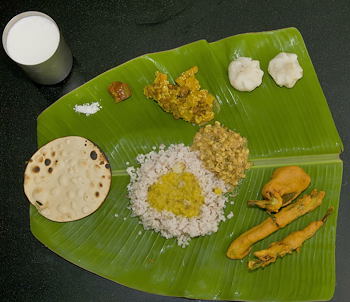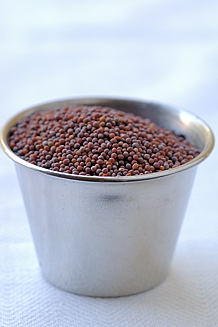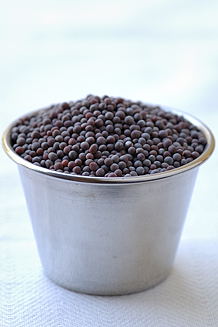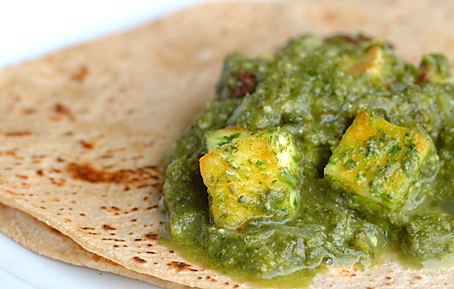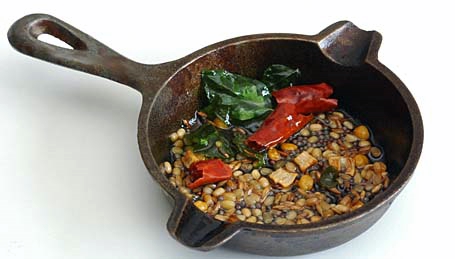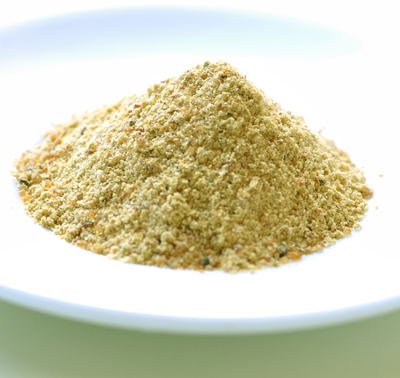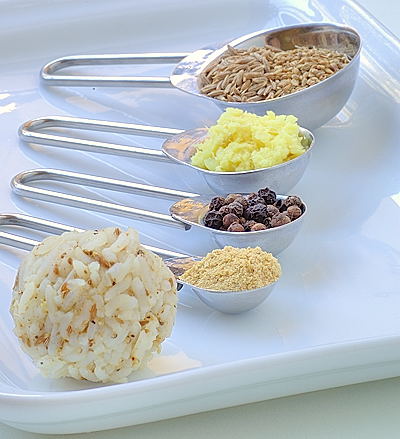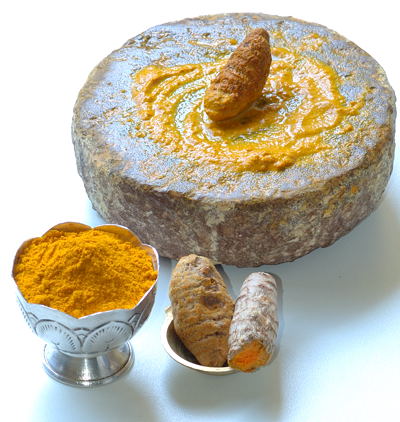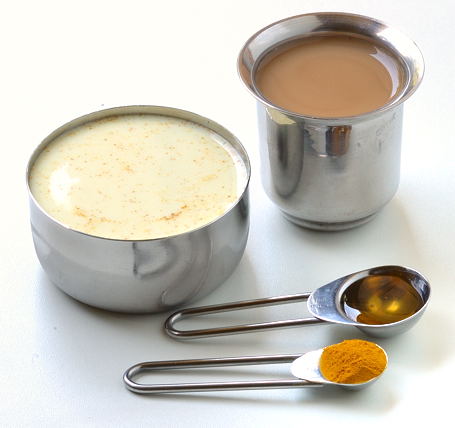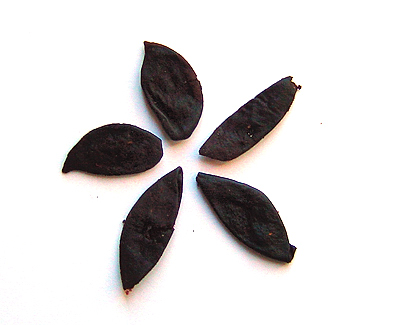
Kokum (Amsool, Amsul, Sol)
The kokum tree is a graceful tropical tree and grows in the Konkan, Malabar and Kanara regions of Western India that are gifted with rich soil, adequate rainfall and very good sunshine. Kokum tree reaches a height of 10-15 meters, has dark green foliage and a pyramidal shape. The tree blooms from November to February and the fruits ripen in April-May. The kokum fruit ratamba looks similar to small variety plum, and has dark purple color when ripe. Fruits are harvested when ripe and only the rind is preserved by drying in the Sun. That is Kokum. Sometimes salt is rubbed onto the rind to speed up the drying process.
Just like tamarind, kokum is mainly used as a souring agent. Kokum has a fruity and tangy flavor. Kokum fruit is considered to act as a Cholagogue, and is also used in treatment of skin rashes caused by allergies. Kokum fruit is steeped in sugar syrup to make Amrut-Kokum, and is used to avoid sunstroke.
When buying kokum, look for soft, pliable rinds. Good quality kokum is dark purple in color. I have seen Kokum with white crystals on it and it just means that too much salt was used in the drying process. No worry. Just wash the kokum rinds in cold water before using.
Another avatar of kokum is Kokum Butter, an excellent emollient, and is now used by the cosmetics industry for lotions, creams, lip balms and soaps. Kokum butter has a relatively high meting point, considered one of the most stable exotic butters (Shea butter, cocoa butter, etc) and hence doesn’t need refrigeration. It is extracted from the kokum seed and is supposed to reduce degeneration of skin cells and restore elasticity.
Ayurvedic medicine considers Vrikshamla, Sanskrit name for kokum, to be pitta pacifying and uses the fruit, root, bark of Kokum tree to treat acidity, pitta related allergies and some abdominal ailments.
Konkani cuisine has given the world an amazing gift of Sol Kadhi, an appetite arousing drink prepared with kokum and coconut milk. Sol kadhi involves almost no cooking. Some enjoy Sol Kadhi with rice and roti, but I love to drink it just by itself.
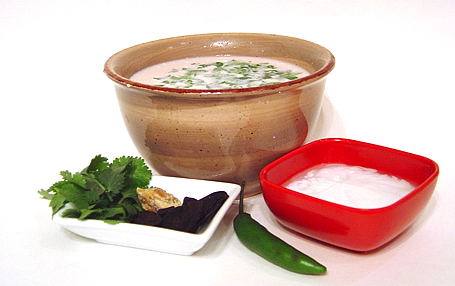
Coconut Milk, Green Chilli, Kokum, Cilantro, Cumin and Jaggery
Sol Kadhi
5 or 6 Kokum
1 cup coconut milk (Homemade, or Canned unsweetened type)
1 green chilli
½ teaspoon cumin seeds
Sugar or jaggery, and salt – to taste
2 fresh sprigs of fresh cilantro
Soak Kokum in a cup of warm water for half an hour, to soften and to release juice.
Grind green chilli and cumin to fine paste.
Once the kokum water turns pink, take it in a big cup or glass. Add coconut milk. Stir in sugar or jaggery and salt to taste. Also the cumin-chill paste. Mix. Garnish with cilantro leaves and drink immediately. Do not leave kokum soaked in as it will make the sol kadhi sourer than normal. (Some also like to add a pinch of grated ginger and garlic.)
During winter, I warm up the sol kadhi for few minutes and enjoy it as a soup. During hot summer months, I prefer to take it at cold or at room temperature.
If you have never tried Kokum before, then Sol Kadhi would be a good start. The agreeable flavor and sweet, acidic taste will get you hooked on this amazing Kokum drink.
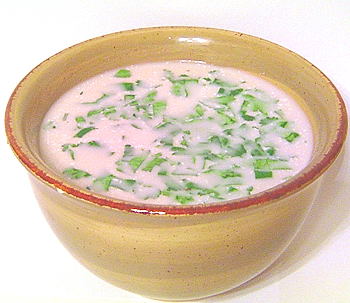
Soul’s Awakening in Baby Pink ~ Sol Kadhi
Previously on Anjali’s Supreme Spice Series: Herbs and Spices
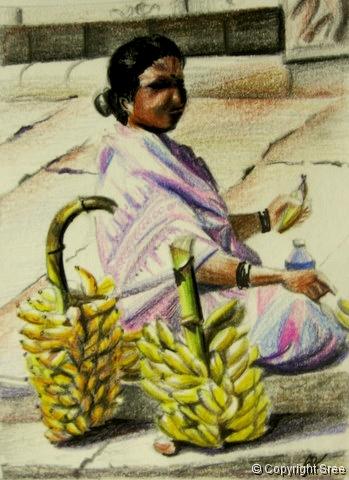
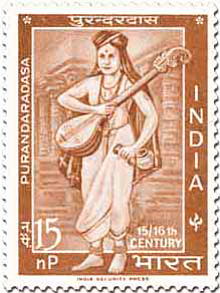
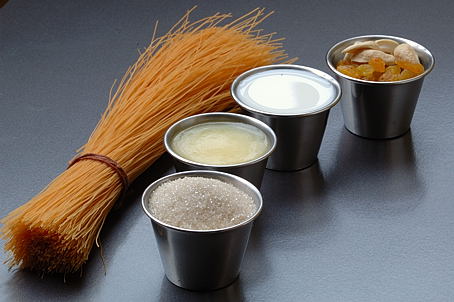
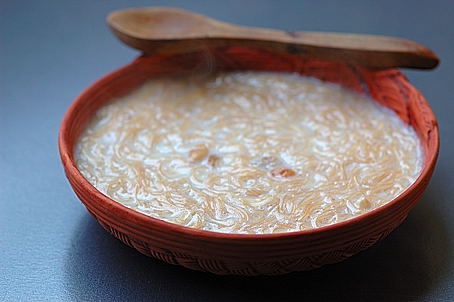
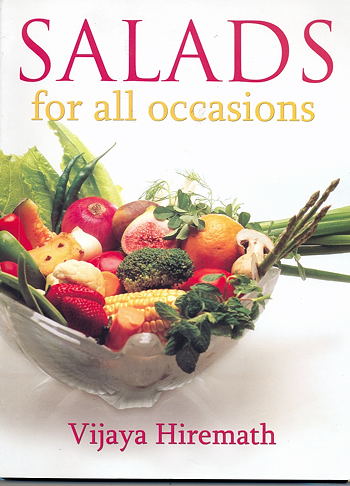
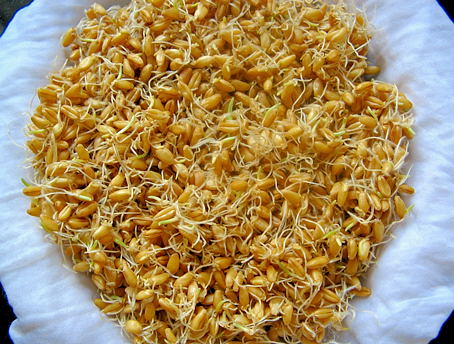
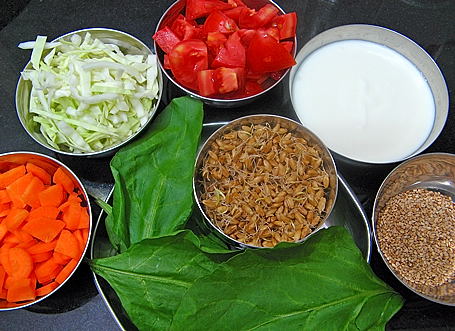 Centre: Spinach and sprouted wheat. Clockwise from left: carrots, cabbage, tomatoes,
Centre: Spinach and sprouted wheat. Clockwise from left: carrots, cabbage, tomatoes, 